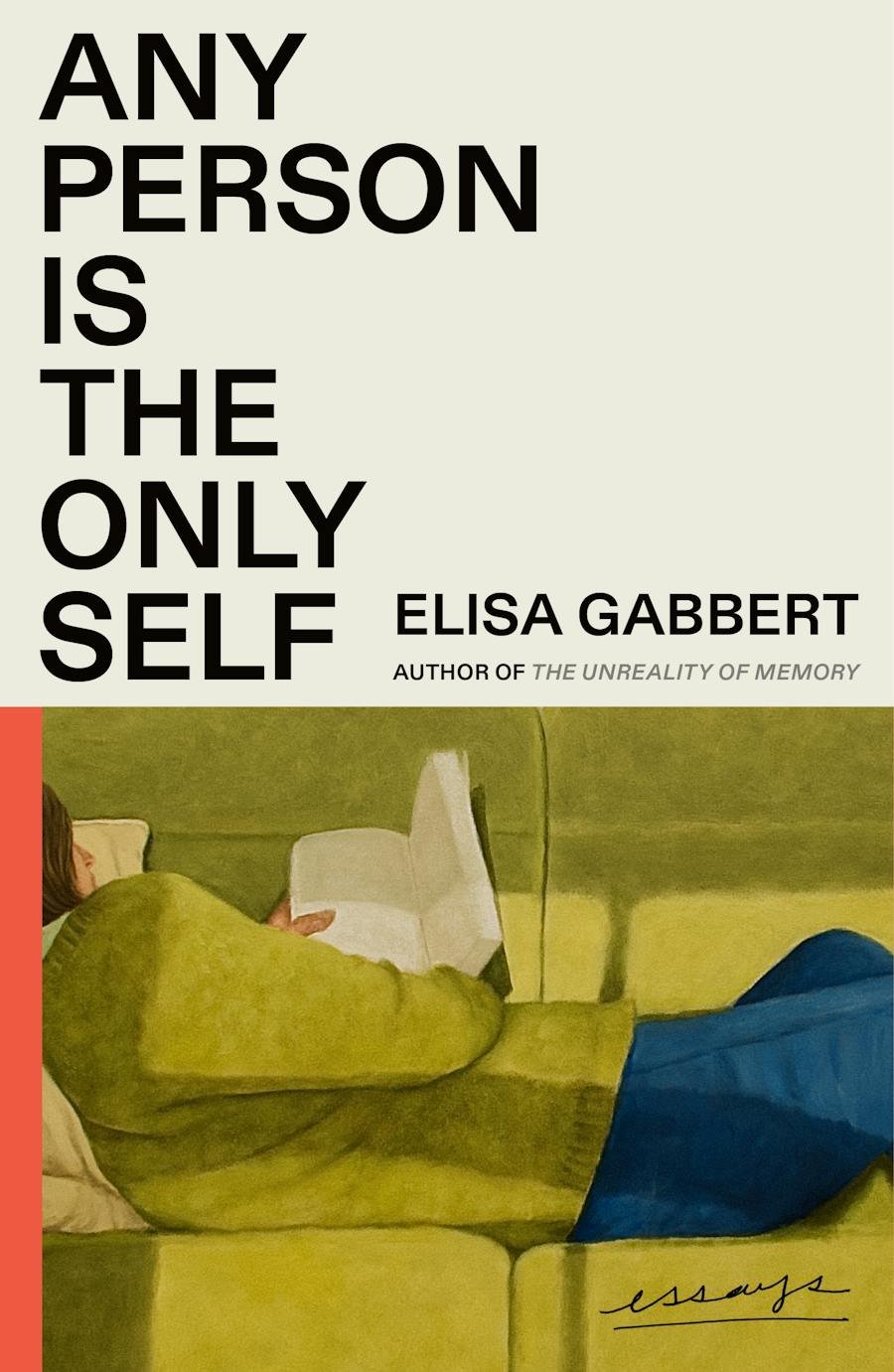
07 May Book Review of Any Person Is the Only Self
Reflections on Any Person Is the Only Self: A Journey of Divergent Perspectives
When I first stumbled upon Elisa Gabbert’s Any Person Is the Only Self, I was immediately drawn in by her poetic approach to life’s minutiae. She writes, “Sometimes I think of the seed of the essay, whatever idea first made me want to write it, as a tree that I’m building a house around—I have wanted a house with a tree inside.” This imagery struck a chord with me; it felt like an invitation to explore the intersections of memory, identity, and connection. However, as I delved deeper into her essays, it became clear that while her exploration was thoughtful and rich, our perspectives diverged more drastically than I anticipated.
Gabbert’s collection grapples with themes of connection in a post-pandemic world, reflecting on solitude and social dynamics. While her insights are undeniably fascinating and provoke thought, they often echoed sentiments that, for me, felt more exhausting than rewarding. For instance, her preference for human interaction and the sense of loss she associates with solitude clashes with my appreciation for quiet introspection, which ultimately made it difficult for me to engage fully with her narratives. As much as I sought to understand her viewpoint, it felt like a tug-of-war between our contrasting dispositions.
One memorable passage discusses her “staring problem,” rekindling a moment from childhood that resonates with her experiences of observing strangers. This connects to the broader human condition, reminding us of the tension between isolation and connection. However, while her experiences feel deeply personal, I found myself reflecting on my own inclination towards solitude rather than shared company.
The prose flows fluidly, adorned with vivid imagery that makes Gabbert’s introspection tangible. Yet, there were moments when the writing became surprisingly tangled, almost lost amid its own eloquence. Reflecting on films and the experience of rewatching, she contemplates how they impact our memories. I wanted to resonate with this idea but found myself disagreeing: I often find the cinema’s allure diminishes with familiarity. Books, on the other hand, remain an irresistible temptress for me, luring me back for their layered depths.
In my quest for understanding, I stumbled upon one particularly curious anecdote regarding a “Professional Cuddler.” I hesitated, wondering if I had misread it. It felt out of place, much like my experience reading Gabbert’s work; I was drawn in yet frequently pushed away.
Despite my challenges with this collection, it’s evident that Gabbert’s reflections hold significance, particularly for readers navigating their post-pandemic sentiments. If you’re someone who finds beauty in shared experiences and the depths of emotional connection, this book could resonate with you profoundly. While Any Person Is the Only Self might not have found a home within my literary treehouse, I respect and admire Gabbert’s exploration and trust that it will find a nurturing space in others’ hearts.
In conclusion, I recommend this collection with the caveat of personal disposition. It invites readers to reflect on their own thoughts about solitude, connection, and the intricacies of human relationships. Not every book will align perfectly with our introspections, and that’s the beauty of literature—it sometimes leads us to unexpected, albeit divergent, paths.
Discover more about Any Person Is the Only Self on GoodReads >>









